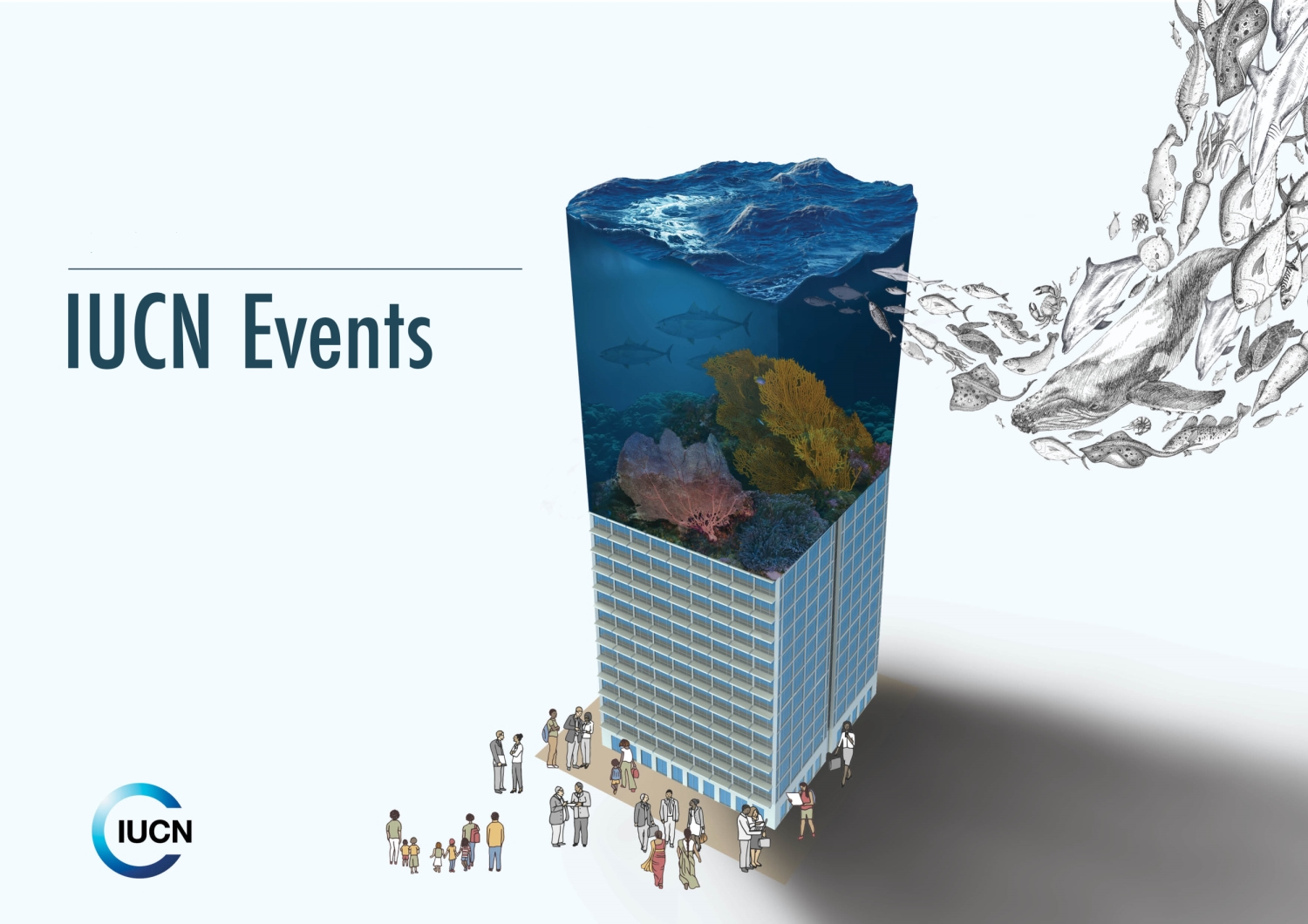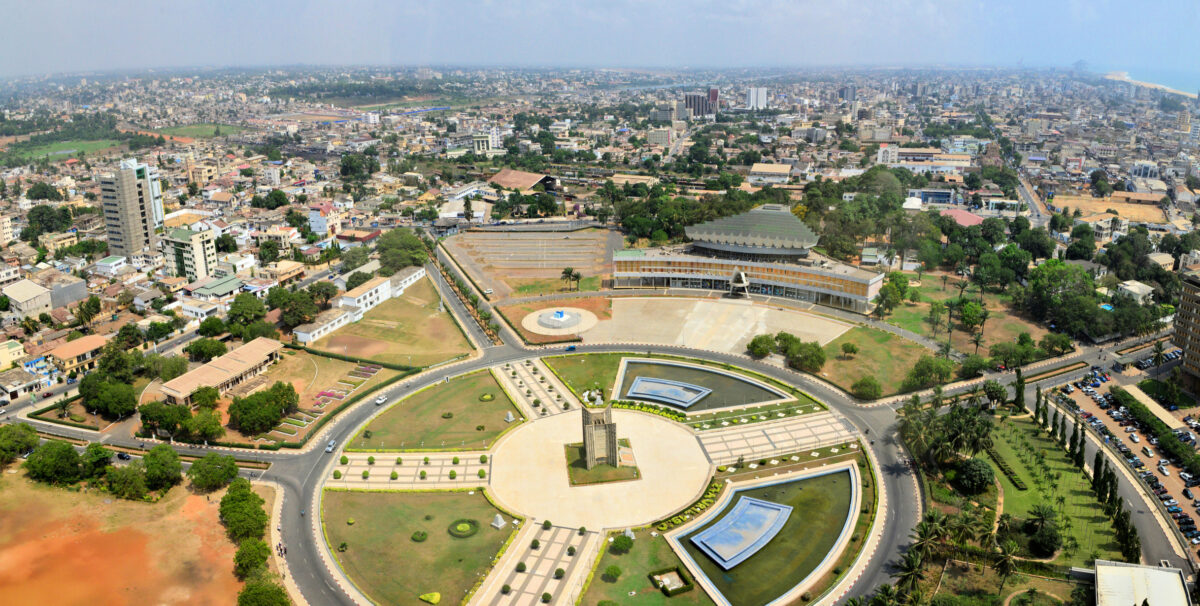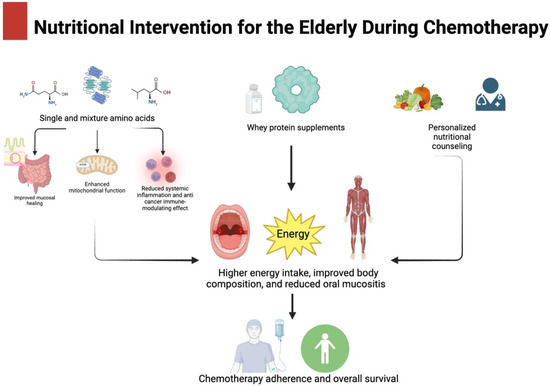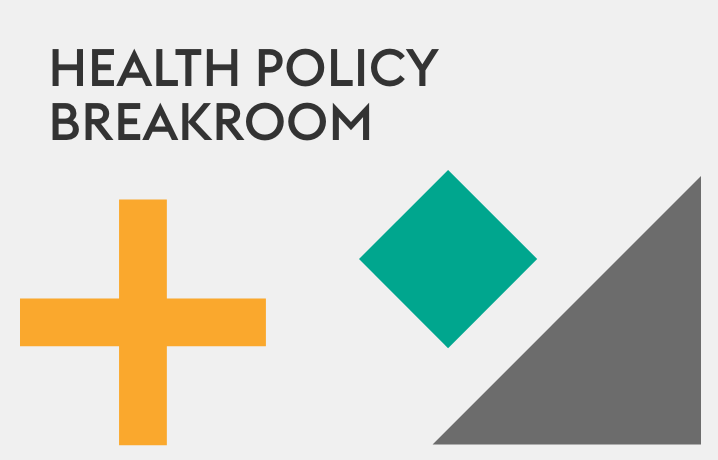AI is the new foreign aid – Financial Times

The Emergence of AI as a Development Tool for Achieving Sustainable Development Goals (SDGs)
A paradigm shift is underway in international development, where traditional foreign aid models are being superseded by technology-driven solutions. Artificial intelligence (AI) is emerging as a primary vehicle for delivering development outcomes, with code, rather than cash, becoming the new medium of support. This transition presents both unprecedented opportunities and significant challenges for the achievement of the 2030 Agenda for Sustainable Development.
AI-Powered Interventions Targeting Key SDGs
Across the global south, AI applications are already being deployed to address critical development gaps, directly contributing to several Sustainable Development Goals.
SDG 3: Good Health and Well-being
- In Nigeria, Ubenwa’s neonatal diagnostic application utilizes AI to provide essential healthcare services, advancing targets for reducing neonatal mortality.
- OpenAI has partnered with a primary care provider in Kenya to foster local AI development in the healthcare sector, enhancing healthcare capacity and access.
SDG 4: Quality Education
- Somanasi’s AI tutor in Kenya offers personalized educational support, helping to ensure inclusive and equitable quality education where public institutions are overstretched.
SDG 2 (Zero Hunger) and SDG 8 (Decent Work and Economic Growth)
- Hello Tractor’s AI-enabled fleet management system for smallholder farmers enhances agricultural productivity and efficiency, contributing to food security and promoting sustainable economic growth.
SDG 9: Industry, Innovation, and Infrastructure
- In South Africa, Nvidia has supported the launch of the continent’s first “AI factory,” a hub designed to build resilient infrastructure, foster innovation, and train local talent.
- Google’s investment in AI research centers in Kenya and Ghana is building critical infrastructure for a knowledge-based economy.
Geopolitical Strategy and the Role of Global Partnerships (SDG 17)
The delivery of this AI-powered development is not led by traditional bodies like the World Bank or USAID, but by technology corporations such as OpenAI, Google, Microsoft, and Nvidia, in conjunction with local civic-tech innovators. This new form of partnership is increasingly framed as a core pillar of foreign policy.
The United States’ AI Action Plan, for example, explicitly outlines an objective to export the “full AI stack”—from hardware to models—to build strategic alliances and spread national values. While Western companies often act on commercial incentives, their actions can serve national interests by entrenching influence and standards abroad. This strategic deployment of technology raises critical questions about the nature of these new global partnerships and their alignment with the collaborative spirit of SDG 17.
Challenges and Risks to Sustainable and Equitable Development
While AI offers scalable solutions, it is not immune to the problems that have historically plagued foreign aid and may pose new risks to sustainable development.
Risk of Exacerbating Inequalities (SDG 10)
- The export of AI models risks embedding the norms, biases, and political assumptions of their creators, potentially clashing with local values on issues of race, gender, and history.
- There is a significant danger of replicating old colonial dependencies in a more sophisticated, technological form, undermining efforts to reduce inequality within and among countries.
Sustainability and Environmental Concerns (SDG 7, SDG 12, SDG 13)
- The high energy consumption required to train and run advanced AI models is in direct conflict with goals for Affordable and Clean Energy (SDG 7), Responsible Consumption and Production (SDG 12), and Climate Action (SDG 13).
Issues of Affordability and Local Ownership
- Dependence on commercial licenses, proprietary models, and recurring updates can create challenges related to long-term affordability and sustainability, hindering local control and ownership of development solutions.
A Proposed Framework for AI in Global Development
To mitigate these risks and ensure AI contributes positively to the SDGs, a new global framework is required. This framework must be designed for the AI century, learning from the successes and failures of past development architecture.
- Establish Digital Public Goods: Compute access, data infrastructure, and open-source models should be treated as public goods to ensure equitable access and foster innovation, directly supporting SDG 10 and SDG 17.
- Support Regional Data and Models: Investment is needed to create regional training datasets and fund the development of inclusive language models that reflect local contexts and preserve cultural diversity.
- Invest in Local Talent: Building local talent pipelines is essential for ensuring that AI development is locally owned, managed, and relevant to community needs, contributing to SDG 4 and SDG 8.
Conclusion: The Arrival of the “Code Diplomat”
The “code diplomat” has arrived, signifying a fundamental change in the mechanisms of international development. The global development sector must actively engage with this transformation to steer the deployment of AI in a direction that is equitable, sustainable, and aligned with the universal principles of the Sustainable Development Goals. Failure to do so risks creating new forms of dependency and undermining the progress made towards a more just and sustainable world.
1. Which SDGs are addressed or connected to the issues highlighted in the article?
-
SDG 2: Zero Hunger
The article mentions “Hello Tractor’s AI-enabled fleet management for small farmers,” which directly relates to improving agricultural practices and productivity, a core component of achieving food security.
-
SDG 3: Good Health and Well-being
The text highlights AI’s role in healthcare through examples like “Ubenwa’s neonatal diagnostic app in Nigeria” and OpenAI’s partnership with a “primary care provider in Kenya to support local AI development in healthcare.” These initiatives aim to deliver essential health services, particularly where public institutions are weak.
-
SDG 4: Quality Education
The article points to AI’s contribution to education with “Somanasi’s AI tutor in Kenya.” Furthermore, it discusses efforts to build local capacity through initiatives like the “AI factory” in Johannesburg designed to “train local talent” and investments in “local talent pipelines.”
-
SDG 9: Industry, Innovation, and Infrastructure
The central theme of the article is the deployment of AI as a new form of development infrastructure. This is exemplified by the creation of an “AI factory,” “AI research centres,” and the US foreign policy objective of exporting “the full AI stack (from chips to models to standards).” The call for “compute access, data infrastructure and open models” as public goods reinforces this connection.
-
SDG 17: Partnerships for the Goals
The article describes a fundamental shift in development partnerships, moving from traditional government-led foreign aid to collaborations involving tech companies like OpenAI, Google, and Nvidia. It explicitly discusses the need for a “new global framework” for AI development, akin to the Bretton Woods agreement, highlighting the importance of multi-stakeholder partnerships to manage this new era of “code-as-aid.”
2. What specific targets under those SDGs can be identified based on the article’s content?
-
SDG 2: Zero Hunger
- Target 2.3: By 2030, double the agricultural productivity and incomes of small-scale food producers. The “AI-enabled fleet management for small farmers” by Hello Tractor is a tool designed to increase efficiency and productivity for this specific group.
-
SDG 3: Good Health and Well-being
- Target 3.2: By 2030, end preventable deaths of newborns and children under 5 years of age. “Ubenwa’s neonatal diagnostic app” in Nigeria is a direct technological intervention aimed at improving newborn health outcomes and reducing mortality.
- Target 3.8: Achieve universal health coverage, including financial risk protection, access to quality essential health-care services. OpenAI’s partnership to support “local AI development in healthcare” with a primary care provider in Kenya aims to deliver essential services where they are otherwise “overstretched or absent.”
-
SDG 4: Quality Education
- Target 4.4: By 2030, substantially increase the number of youth and adults who have relevant skills, including technical and vocational skills, for employment, decent jobs and entrepreneurship. The “AI factory” in South Africa, designed to “train local talent,” and investments in “local talent pipelines” directly address the need for advanced technical skills in the modern economy.
-
SDG 9: Industry, Innovation, and Infrastructure
- Target 9.1: Develop quality, reliable, sustainable and resilient infrastructure… to support economic development and human well-being. The article presents AI as a new form of infrastructure, citing the establishment of an “AI factory” and “AI research centres” as examples of building this new capacity.
- Target 9.c: Significantly increase access to information and communications technology and strive to provide universal and affordable access to the Internet in least developed countries. The push to export “the full AI stack” and treat “compute access, data infrastructure and open models” as public goods aligns with increasing access to advanced ICT.
-
SDG 17: Partnerships for the Goals
- Target 17.6: Enhance North-South, South-South and triangular regional and international cooperation on and access to science, technology and innovation. The article details partnerships between US tech companies (OpenAI, Google, Nvidia) and entities in African nations (Kenya, South Africa, Nigeria) to deploy and develop AI technology.
- Target 17.16: Enhance the global partnership for sustainable development, complemented by multi-stakeholder partnerships. The article argues that the old model of foreign aid is being replaced by one involving tech companies, innovators, and governments, and explicitly calls for a “new global framework” to govern these new partnerships.
3. Are there any indicators mentioned or implied in the article that can be used to measure progress towards the identified targets?
-
For SDG 2 (Target 2.3)
- Implied Indicator: Increased productivity or efficiency of small farms using the “AI-enabled fleet management” system. Progress could be measured by tracking changes in crop yields or operational costs for farmers using the technology.
-
For SDG 3 (Targets 3.2 & 3.8)
- Implied Indicator: The deployment and adoption rate of the “neonatal diagnostic app.” A direct measure of progress would be a reduction in neonatal mortality rates in the regions where the app is used.
- Implied Indicator: The number of healthcare services or diagnoses supported by AI in primary care settings in Kenya.
-
For SDG 4 (Target 4.4)
- Mentioned Indicator: The establishment of training hubs like the “AI factory” in Johannesburg.
- Implied Indicator: The number of individuals trained in AI skills through the “AI factory” and other investments in “local talent pipelines.”
-
For SDG 9 (Targets 9.1 & 9.c)
- Mentioned Indicator: The number of “AI research centres” and “AI factories” established in developing countries.
- Implied Indicator: The extent of deployment of the “full AI stack” (chips, models, standards) in emerging markets.
-
For SDG 17 (Targets 17.6 & 17.16)
- Mentioned Indicator: The number and nature of partnerships formed between tech companies (OpenAI, Google, Nvidia) and local entities in the global south.
- Implied Indicator: The creation and adoption of a “new global framework” for AI development, which the author proposes as a necessary step.
4. Table of SDGs, Targets, and Indicators
| SDGs | Targets | Indicators Identified in the Article |
|---|---|---|
| SDG 2: Zero Hunger | 2.3: Double agricultural productivity and incomes of small-scale food producers. | Deployment of “AI-enabled fleet management for small farmers.” |
| SDG 3: Good Health and Well-being | 3.2: End preventable deaths of newborns. 3.8: Achieve universal health coverage. |
Use of a “neonatal diagnostic app.” Partnerships to support “local AI development in healthcare.” |
| SDG 4: Quality Education | 4.4: Increase the number of youth and adults with relevant technical skills. | Establishment of an “AI factory” to “train local talent.” Use of an “AI tutor.” Investment in “local talent pipelines.” |
| SDG 9: Industry, Innovation, and Infrastructure | 9.1: Develop quality, reliable, sustainable and resilient infrastructure. 9.c: Increase access to ICT. |
Establishment of “AI research centres” and “AI factories.” Exporting “the full AI stack.” Treating “compute access, data infrastructure” as public goods. |
| SDG 17: Partnerships for the Goals | 17.6: Enhance North-South cooperation on science, technology and innovation. 17.16: Enhance the global partnership for sustainable development. |
Partnerships between tech firms (OpenAI, Google) and developing nations (Kenya, South Africa). The call for a “new global framework” for AI development. |
Source: ft.com

What is Your Reaction?
 Like
0
Like
0
 Dislike
0
Dislike
0
 Love
0
Love
0
 Funny
0
Funny
0
 Angry
0
Angry
0
 Sad
0
Sad
0
 Wow
0
Wow
0












































































